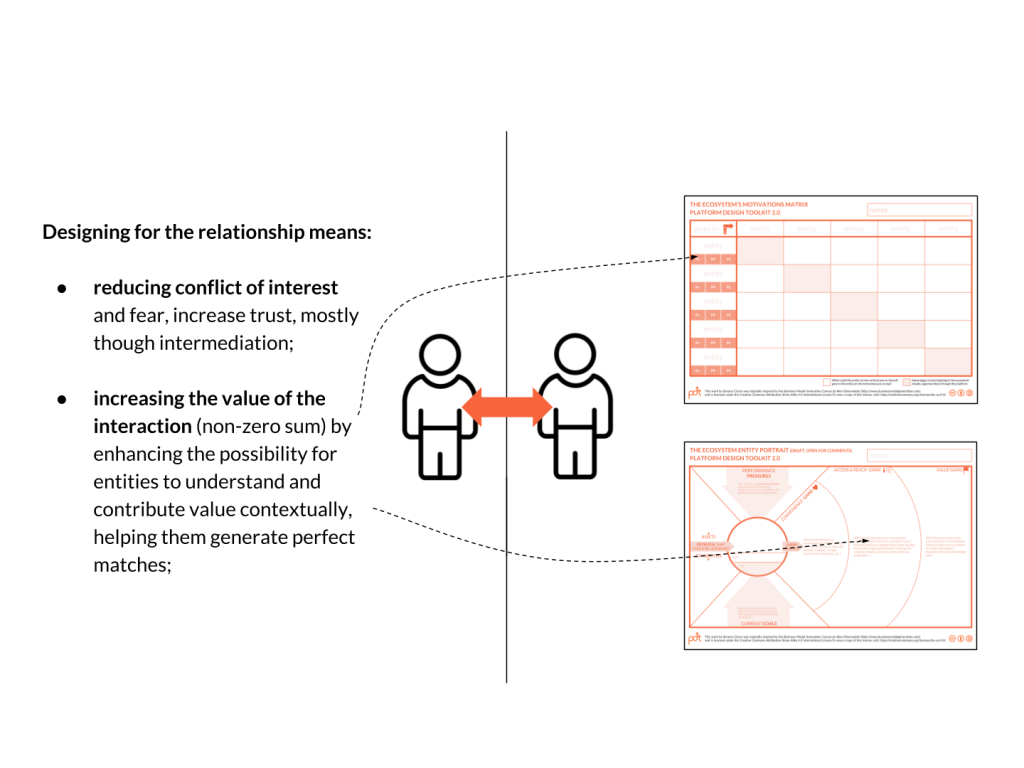Navigating Social Entities: Understanding Human Connections
Social entities encompass a complex internet of individual relationships, associations, and interconnectedness that collectively type the material of societies. At its key, the concept of cultural entities acknowledges that persons don’t exist in solitude; fairly, they’re integral the different parts of a broader system shaped by cultural, familial, and societal factors. That delicate tapestry of contacts runs beyond simple particular associations, encapsulating the different groups, areas, and institutions to which people belong.
Knowledge cultural entities requires delving in to the character of human relationship and the reciprocal influences that form conduct, values, and values. These entities range between small, romantic circles such as for instance people and buddy organizations to larger societal structures like educational institutions, workplaces, and cultural organizations. Each cultural entity plays an original role in shaping an individual’s personality and influencing their worldview.
The exploration of cultural entities often requires studying the collective norms, rituals, and distributed activities that join individuals together. These entities serve as tools for socialization, providing contexts where persons learn, collaborate, and establish a feeling of belonging. In essence, social entities would be the building blocks of towns, contributing to the formation of collective identities and the transmission of national heritage across generations.
As cultural beings, humans steer a sophisticated interplay of associations within these entities, fostering a feeling of neighborhood, support, and shared purpose. The relationships formed within social entities contribute to the progress of cultural capital—an invaluable reference that facilitates cooperation, relationship, and overall societal well-being. From the microcosm of personal friendships to the macrocosm of international systems, cultural entities form the way people understand themselves and their jobs in the broader human tapestry.
Furthermore, social entities aren’t static; they evolve over time, reflecting societal improvements, technological developments, and shifting social landscapes. The interconnected character of social entities becomes specially visible in the digital age, where on line towns and electronic systems increase the options for relationship and influence.
The analysis of social entities is multidisciplinary, drawing insights from sociology, psychology, anthropology, and different fields. Scientists explore matters such as for instance cultural identity theory, social networks, and group character to unravel the complicated habits of individual association. By Dịch Vụ Entity the structures and functions of social entities, scholars get a deeper understanding of societal traits, collective behaviors, and the influence of social entities on individual well-being.

In conclusion, cultural entities function because the foundational components of human communities, encompassing the delicate associations and networks that bind individuals together. The exploration of these entities involves delving in to the dynamics of human interaction, understanding the influences that form our identities, and realizing the important role they enjoy in fostering a feeling of neighborhood and belonging. As our knowledge of cultural entities remains to evolve, it provides important insights into the complexities of human associations and the ways in which we collectively form the planet we inhabit.